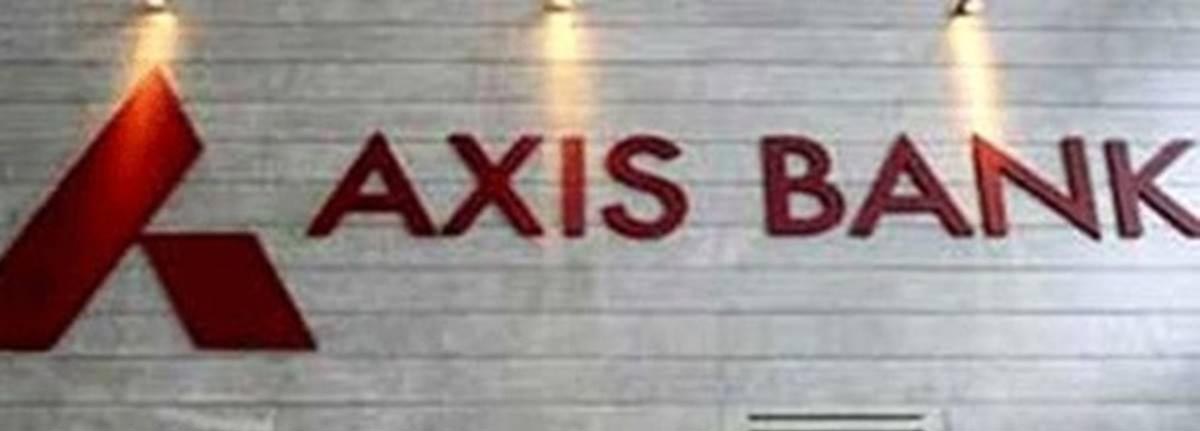Indian currencies have been the market’s worst performers so far this year, falling more than 35 percent compared to the benchmark’s 18 percent decline. Investors have also been moderate in the sector due to higher loan payment delays and a sharp drop in operating profit.
Goldman Sachs believes the sector remains attractive and incumbents should continue to gain market share. The global investment adviser said in a statement that it believes banks and NBFCs, which have a very low probability of a further decline in FY21E/FY22E earnings, are likely to outperform others.
According to the report, Goldman Sachs reviewed its portfolio and reduced its holdings in some of the bank’s stocks. He cut Axis Bank’s sales to neutral as earnings weakened due to ongoing asset quality issues and weak operating profitability.
Goldman Sachs also cut its FY21/22E earnings forecast to 31%/22% as it sees business risks diminishing. He also cut Axis Bank’s 12-month price target to Rs 323 from Rs 417 earlier, suggesting a potential downside of 21 percent.
“As we believe HDFC can handle this challenge better than many other NBFCs, it should keep the mortgage sector and lender challenges under pressure. We are FY21E/FY22E Declining earnings by -33 per cent/-13 percent in 2013.” It was then down from a 12-month high of Rs 1,625 per share, down 16 percent,” he said.
Meanwhile, Goldman Sachs removed ICICI Bank from the confidence list (CL) but remained positive and maintained its buy rating.
“We are downgrading ICICI Bank’s earnings by 22% for FY21E/22E as we see higher volatility than the accounting moratorium due to contraction in GDP and slower EBIT growth, reducing our valuation target by 10% at 373%,” he said. in the statement.
Brokerage firms approach borrowers with (1) a strong underwriting license, one of the lowest investment costs of private banks, allowing flexibility in operating income, and (2) mortgage-backed sales. A high debt-to-equity ratio that should support the bank to deliver fast-growing results, and (3) a healthy solvency ratio backed by several profitable subsidiaries.
